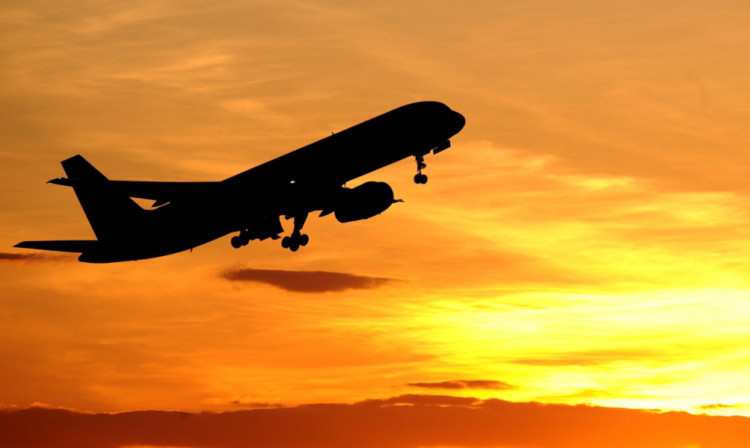More than half of pilots have fallen asleep on the flight deck, according to a survey by pilots’ union Balpa.
And of the 56% who admitted nodding off, as many as 29% said they awoke to find the other pilot asleep.
The findings come after it emerged both pilots on an Airbus passenger plane were asleep at the same time with the UK-operated aircraft flying on autopilot.
One of the pilots indicated in a report to the UK’s Civil Aviation Authority (CAA) that the pair nodded off after both had only five hours sleep in the previous two nights.
Details of last month’s incident, on August 13, come at a time when UK pilots’ organisation Balpa is unhappy at proposed European changes to flight-time regulations.
Of the 500 commercial pilots polled for the new survey, 43% said they believed their abilities had been compromised at least once a month in the last six months by tiredness, with 84% saying it has been compromised at some stage during the past six months.
Also, 31% did not believe their airline had a culture that lent itself to reporting tiredness concerns, with only half (51%) saying they believed their airline chief executive would back them if they refused to fly because of tiredness.
Unprompted, 49% said pilot tiredness was the biggest threat to flight safety three times more than any other threat.
The poll results come ahead of a European Parliament vote on new EU rules on pilot flying hours next Monday.
Balpa believes the new regulations will cut UK safety standards. The union wants MEPs voting on Monday in the EU to back a motion that would require the EC to withdraw its proposals and to subject them to proper scientific and medical scrutiny.
Balpa general secretary Jim McAuslan said: ‘Making every flight a safe flight is the number one priority for British pilots who have helped establish some of the highest safety standards in Europe.
“Tiredness is already a major challenge for pilots who are deeply concerned that unscientific new EU rules will cut UK standards and lead to increased levels of tiredness, which has been shown to be a major contributory factor in air accidents.”
